|

HOME |
ABOUT | INDEX |
NEWS |
FACEBOOK |
CONTACT
SEXUAL DISORDERS
Harmful Sexual Behavior |
Offenders | Addicts | Predators

Disorders, Offences, and Crimes
Harmful Sexual Behavior
Among examples of non-standard
sexuality, that are not under the LGBTQ
umbrella or part of the queer community,
are harmful sexual behaviors (HSB) that can be defined as
disorders, dysfunctions, addictions,
offences, and crimes. Sex offenders, sex
predators, and other sex criminals that
fall into this category are represented
by those who engage in pedophilia,
sexual abuse, sexual assault, sexual
imposition, sexual harassment,
exhibitionism,
voyeurism,
obscenity, pornography, incest, and
rape. These acts can be described as
inappropriate, illicit, indecent,
harmful, destructive, pathological, or
illegal. They often represent a
diagnosable mental illness, typically
manifest by obsessive or compulsive
behavior.
Homophobes and other detractors have,
for decades, tried to associate
gay men, lesbians, same-sex
relationships or homosexuality with
pedophilia, child sexual abuse,
bestiality, bigamy, polygamy, adultery
and incest. Homosexuality and/or being
gay is not synonymous with these acts or
behaviors. These associations often are
used to suggest that lesbians and gay
men pose a threat to society, to
families, and to children in particular.
Such suggestions are defamatory,
ignorant, dishonest, and mean-spirited.

Global Prevention Project
Sex Offender Defined
Pedophiles Rebranding Themselves on
Social Media
Minor Attracted Persons: Facts and
Fallacies
Stop It Now: Preventing Sexual Abuse of
Children
What are Chronophiles?
New Hope for Sex Offender Treatment
Rebranding Pedophiles Won't Make Them
Less Deplorable
Child Molestation Research and
Prevention
Thinking Processes of Sexual Predators
Disturbing World of MAPS
How to Spot a Sexual Predator
Pedophilia and
Minor Attracted Persons
Pedophilia is a psychological disorder (dysfunctional
sexual fetish)
in which an adult experiences a sexual
preference for and engages in sexual
relations with children.
Pedophiles, therefore, perform
activities that are inappropriate and
illegal. Pedophiles are especially
egregious in that they are attracted to
a vulnerable population and commit acts
that are non-consensual. Recently, the
term "Minor Attracted Persons" has been
used as a label for pedophiles.
Regardless of what label is used, any
kind of child molestation is considered
a disorder and a crime.
Neither pedophilia or
MAP (Minor Attracted Person) is a
sexual identity or orientation. Sexual
identity is about gender or sex. Defined
as a sexual disorder, mental illness,
and sex crime, MAP is not part of the LGBTQ community and is not under the
queer umbrella. "Minor Attracted Person"
or MAP is a widely acknowledged term
used in the global Sex Offender Research
and Sex Offender Treatment Community. To
be clear, this is not an invented term
of convenience, nor is it a term used to
rebrand pedophiles or link them to the
LGBTQ community. It is used by
clinicians as a way to identify
individuals who need help.
Beyond efforts to provide assistance to
individuals with this disorder, "MAP Positivity"
or "MAP Pride" is
otherwise not okay as a practice. There
should not be, in any sense, any effort
to normalize or legitimize such
behavior. A person who identifies as MAP
is a pedophile and the activity they
engage in is criminal. Their behavior is
correctly described as child assault,
child molestation, and child sexual
abuse. As individuals who pursue
and engage in sex with underage minors
(children below the age of consent),
they are considered sexual predators or
sexual criminals.
The term "NOMAP," or Non-Offending
(Non-Contact) Minor Attracted Person,
refers to a MAP who is committed to not
acting on their sexual attraction in
ways that harm actual children, such as
perpetrating child sexual abuse or
consuming child pornography. They
recognize their disorder and agree not
to engage in inappropriate or illegal
acts.
You might also see "MAP" and "NOMAP"
used as personal descriptors or
identifiers on social media. Such use
has stirred up some well-deserved controversy and major
pushback.
Global Prevention Project
Sex Offender Defined
Pedophiles Rebranding Themselves on
Social Media
Minor Attracted Persons: Facts and
Fallacies
Stop It Now: Preventing Sexual Abuse of
Children
What are Chronophiles?
New Hope for Sex Offender Treatment
Rebranding Pedophiles Won't Make Them
Less Deplorable
Child Molestation Research and
Prevention
Thinking Processes of Sexual Predators
Disturbing World of MAPS
How to Spot a Sexual Predator
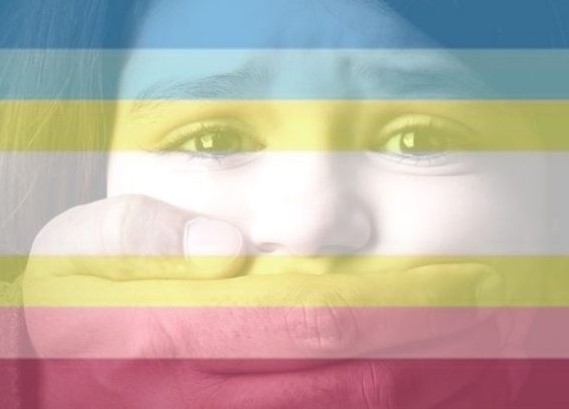
Age Related Paraphilia
--Chronophilia - Umbrella term for all
age-related paraphilias.
--AOA - Age Of Attraction
--Pedophilia - Psychological disorder in
which an adult or older adolescent
experiences a sexual preference for children.
--Infantophilia (Nepiophilia) - Sexual preference for children less than
5 years old (including toddlers and
infants).
--Pedophile - Individual
attracted to a pre-pubescent child
(1-10)
--Hebephile - Individual
attracted to a pubescent child (tween,
age 11-14)
--Ephebophile - Individual
attracted to a post-pubescent child
(teen, age 15-19)
--Attraction - Regardless of
whether you believe attractions are
chosen or innate, the point is that
these terms define an attraction, not a
behavior. This kind of attraction is
sometimes referred to as a "toxic
crush." The behavior (and acting on
these attractions) is the sexual abuse
of children.
--Eleiophile - Person who is sexually
attracted to adults.
--Gerontophilia - Primary sexual
attraction to the elderly. A person with
such a sexual preference is a gerontophile.
--MATA - Minor Attracted to Adults
--Pedo - Slang term for pedophile.
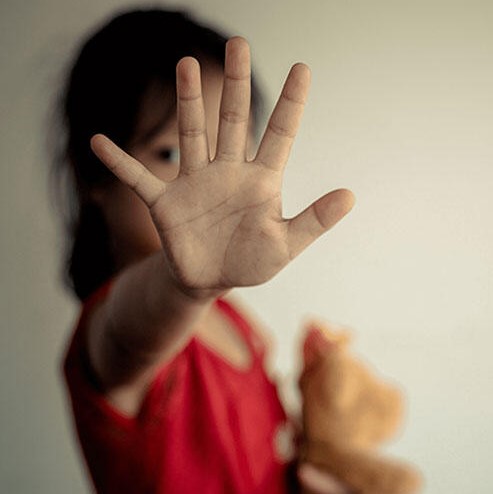
Global Prevention Project
Sex Offender Defined
Pedophiles Rebranding Themselves on
Social Media
Minor Attracted Persons: Facts and
Fallacies
Stop It Now: Preventing Sexual Abuse of
Children
What are Chronophiles?
New Hope for Sex Offender Treatment
Rebranding Pedophiles Won't Make Them
Less Deplorable
Child Molestation Research and
Prevention
Thinking Processes of Sexual Predators
Disturbing World of MAPS
How to Spot a Sexual Predator
MAP and LGBTQ
MAP stands for “minor attracted
person”, which refers to a person who is
romantically and/or sexually attracted
to people who are under the age of
consent and at least 5 years younger
than they are. It’s an umbrella term
covering nepiophilia, pedophilia,
ephebophilia and hebephilia.
NOMAP stands for “non-offending minor
attracted person”, and refers to a MAP
who is committed to not acting on their
sexual attraction in ways that harm
actual children, such as perpetrating
child sexual abuse or consuming child
pornography. It’s believed that most
MAPs are NOMAPs, whether or not they
specifically use this term.
While MAPs can be anywhere on the LGBTQ
spectrum in addition to being MAPs (for
example a gay man attracted to both men
and boys, or a transgender person who is
attracted to children), very few MAPs
are arguing for inclusion under the
LGBTQ umbrella because they are MAPs.
For the most part, MAPs agree that their
goals are different - they want to be
accepted because they don’t act on their
sexual orientation, while LGBTQ people
want to be accepted and allowed to
express their sexual orientation and/or
gender identity.
Global Prevention Project
Psych Central: Sex, Sexuality, and
Sexual Disorders
Sex Offender Defined
Minor Attracted Persons: Facts and Fallacies
WebMD: Is Sex Addiction Real?
Rebranding Pedophiles Won't Make Them Less Deplorable
However, there’s a long tradition of
trying to attack LGBTQ people by
comparing them to MAPs and implying that
they’re a danger to children, and some
anti-LGBTQ trolls have recently taken to
trying to claim that MAPs are trying to
be considered LGBTQ in order to feed
into this negative stereotype. In
addition, a few MAPs, particularly
‘pro-contact’ MAPs (who believe that
it’s possible for an adult to have sex
with a child in a way that doesn’t risk
psychological harm to the child), would
like to be considered LGBTQ in the hopes
of gaining more acceptance.
I admit, I don’t fully understand the
pushback against MAPs. As a child sexual
abuse survivor, I find the existence of
NOMAPs and the anti-contact MAP
community encouraging, and hope that
they will help prevent future children
from suffering as I did.
However, I think a lot of people buy
into rape myths where sexual desire is
perceived as uncontrollable and
inevitably leading to action, which
would suggest that a MAP is like a
ticking time bomb who will eventually
offend. This myth also underlies the
idea that a rapist is less responsible
if the victim led him on or if he
(and it’s usually men this is applied
to) couldn’t find anyone to have
consensual sex with.
In addition, some people make moral
decisions out of disgust rather than
simply based on assessments of likely
harm, and most people find the thought
of being sexually attracted to children
disgusting. Which doesn’t make sense to
me, since personally I find most sex
acts disgusting, and yet I’m politically
sex-positive.
[Source: Ettina Satot, Sexual abuse survivor and psych
student with interest in criminal psychology, Jan 2019]

MAP and Pedophilia
MAP (Minor Attracted Person) is a more
comprehensive term than pedophile, as it
also includes adolescents and teenagers.
NOMAP is “non-offending MAP”, someone
who is committed to not doing anything
inappropriate or illegal and thus
keeping children safe.
Very few MAPs are aligning themselves
with LGBTQ groups. While a few trolls
and self-styled activists are trying to
make minor-attraction part of the LGBTQ
lineup, most MAPs, who are heterosexual
and cisgender, have no desire to join
with what they see as the gay
community because they have
practically nothing in common with them.
What they do have in common is having a
non-standard sexuality.
Pushback from the LGBTQ community about
the use of the MAP term is due to the
idea that it would promote the erroneous
idea that many homosexuals are also
pedophiles or child molesters.
Also, some clinicians want to avoid the
erroneous idea that all pedophiles are
child molesters. In fact, about 3–5% of
gay men have pedophilia (less for
women), about 5–15% of pedophiles are
homosexual, most child abuse is carried
out by people who don’t have pedophilia,
and most pedophiles don’t molest
children.
[Source: Laurence Taylor, Mental Health
Specialist]
Global Prevention Project
Sex Offender Defined
Pedophiles Rebranding Themselves on
Social Media
Minor Attracted Persons: Facts and
Fallacies
Stop It Now: Preventing Sexual Abuse of
Children
What are Chronophiles?
New Hope for Sex Offender Treatment
Rebranding Pedophiles Won't Make Them
Less Deplorable
Child Molestation Research and
Prevention
Thinking Processes of Sexual Predators
Disturbing World of MAPS
How to Spot a Sexual Predator

MAP and Sex Offenders
Some of the most notorious child-sex
offenders are using mainstream websites
such as YouTube, Twitter and Instagram
to rebrand pedophilia as a harmless
sexual preference. Hundreds of
disturbing accounts are being set up
every day which refer to both potential
and prolific abusers as MAPs
(Minor-Attracted Persons) to escape the
stigma attached to the word pedophile.
The anonymous users have even created
their own MAP Pride flag, with some
arguing they should be celebrated as a
niche group alongside the LGBTQ
community. LGBTQ-style slogans such as
"MAP Pride" and "MAP Positivity" are
seen as an attempt to cast pedophilia as
part of society’s wider move towards
sexual liberation.
Material found online seeks to
communicate the message that pedophilia
is natural and that MAPs should be able
to date minors. Profiles of the
anonymous users, which use cartoon
avatars rather than photographs, often
list the ages of children they are most
attracted to, in some cases as low as
two to seven.
One gay rights campaigner said that they
are a fiendish group of sub-humans and
they will find no haven in the LGBTQ
community. We utterly rebuke their
delusional and evil claims.
The horrifying propaganda has chilling
echoes of the Pedophile Information
Exchange (PIE) campaign in the 1970s and
80s which piggy-backed on the gay
liberation movement to push for
pro-child abuse policies, such as
lowering the age of consent to just
four.
[Source: Katherine Denkinson, UK Daily Mail, June 2020]
Global Prevention Project
Sex Offender Defined
Pedophiles Rebranding Themselves on
Social Media
Minor Attracted Persons: Facts and
Fallacies
Stop It Now: Preventing Sexual Abuse of
Children
What are Chronophiles?
New Hope for Sex Offender Treatment
Rebranding Pedophiles Won't Make Them
Less Deplorable
Child Molestation Research and
Prevention
Thinking Processes of Sexual Predators
Disturbing World of MAPS
How to Spot a Sexual Predator

Sex Offender
A sexual
offender (also sex offender, sex abuser,
or sexual abuser) is a person associated with harmful sexual behavior who has
committed a sex crime. What constitutes
a sex crime differs by culture and by
legal jurisdiction. Most jurisdictions
compile their laws into sections such as
sexual trafficking and sexual assault.
The majority of convicted sex offenders
have convictions for crimes of a sexual
nature. Some sex offenders have simply
violated a law contained in a sexual
category.
Some of the titles of crimes which
usually result in a mandatory
sex-offender classification include
second prostitution conviction, sending
or receiving obscene content in the form
of text messages (sexting),
relationships between young adults and
teenagers that have resulted in
corruption of a minor, and any sexual
contact made by the adult to the minor
(child molestation). If sexual conduct
occurs, unlawful sexual conduct
involving a minor occurs.
Other serious offences are sexual
assault, statutory rape, child sexual
abuse, rape, sexual imposition, and
pandering obscenity.
Sex Crimes: Sex and the Law
RAINN:
Rape, Abuse, Incest National Network
Sexual Assault: Defined and Explained
Facts About Sexual Offenders
Statutory Rape: Defined and Explained
Psychiatric Times: Ramifications of
Incest
Sexual Harassment: Defined and Explained
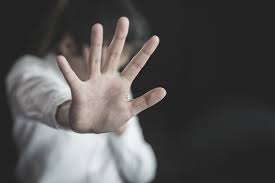
Sexual
Predator
The term sexual predator is used
pejoratively to describe a person seen
as obtaining or trying to obtain sexual
contact with another person in a
metaphorically "predatory" manner.
Analogous to how a predator hunts down
its prey, so the sexual predator is
thought to "hunt" for his or her sex
partners. People who commit sex crimes,
such as rape or child sexual abuse, are
commonly referred to as sexual
predators.
The term is applied according to a
person's moral beliefs, and does not
necessarily denote criminal behavior.
For example, a person who cruises a bar
looking for consensual sex from someone
else could be considered a sexual
predator by some.
The term
"sexual predator" is often considered
distinct from "sex offender." Many US
states also see these differences
legally. A sexual offender is a person
who has committed a sexual offense. A
sexual predator is often used to refer
to a person who habitually seeks out
sexual situations that are deemed
exploitative. However, in some states,
the term "sexual predator" is applied to
anyone who has been convicted of certain
crimes, regardless of whether or not
there is a history of similar behavior.
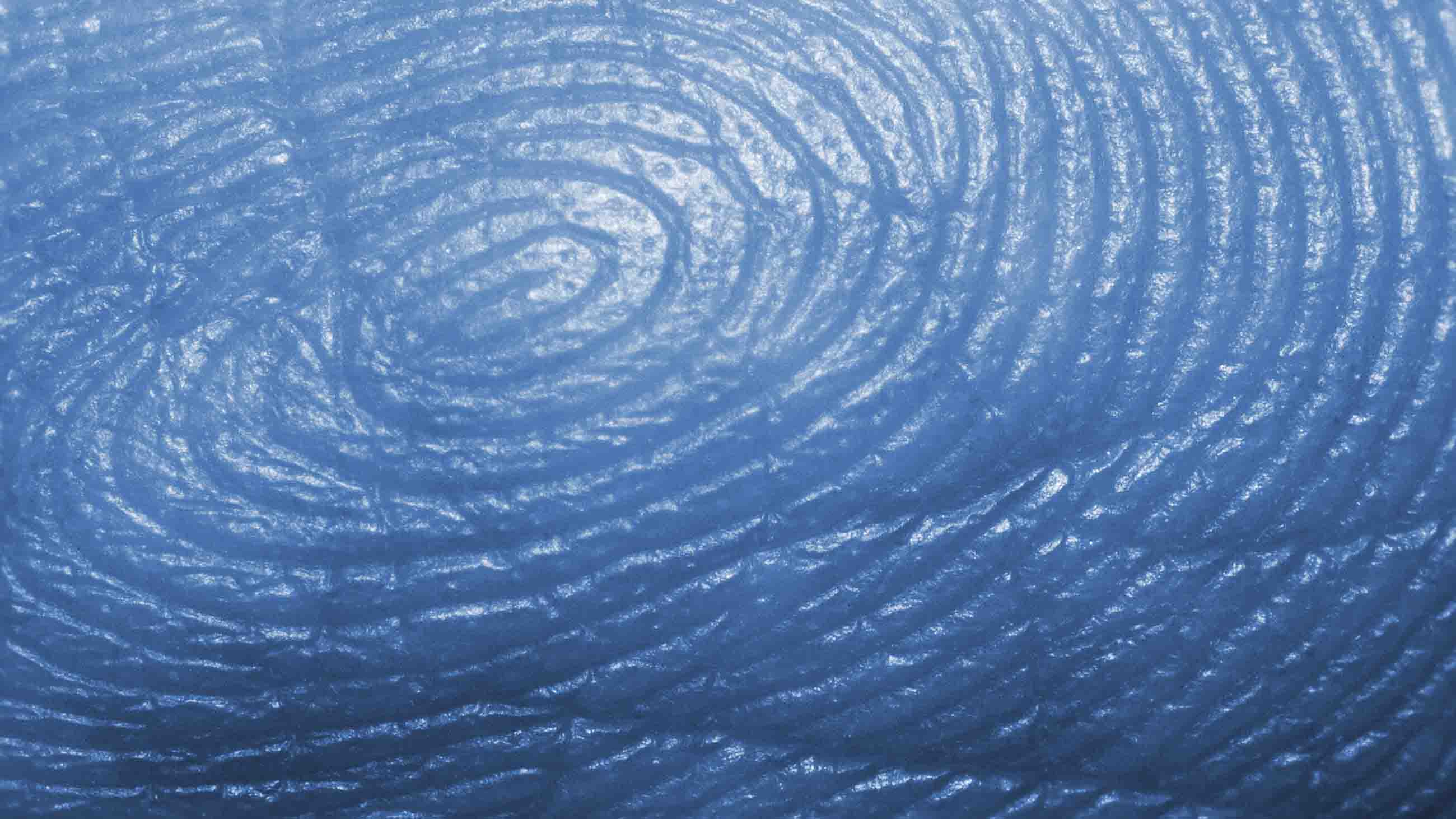
Sex Crimes: Sex and the Law
RAINN:
Rape, Abuse, Incest National Network
Sexual Assault: Defined and Explained
Facts About Sexual Offenders
Statutory Rape: Defined and Explained
Psychiatric Times: Ramifications of
Incest
Sexual Harassment: Defined and Explained
Common
Sex Crimes
-- Rape
-- Lust murder
-- Any forms of sexual abuse or sexual
assault
-- Child sexual abuse
-- Statutory rape
-- Spousal/partner rape
-- Obscenity
-- Human trafficking
-- Frotteurism (sexual arousal through
rubbing one's self against a
non-consenting stranger in public)
-- Exhibitionism (indecent exposure)
-- Voyeurism (peeping tom)
-- Incest
-- Telephone scatologia (Obscene
telephone calls for the purpose of
sexual arousal)
-- Sex with animals
-- Sexual harassment
-- Prostitution or pimping
-- Pornography
--
Extramarital sex
--
Polygamy
How to Spot a Sexual Predator
Stop It Now: Preventing Sexual Abuse of
Children
New Hope for Sex Offender Treatment
Child Molestation Research and
Prevention
Thinking Processes of Sexual Predators
Disturbing World of MAPS

Sex Crimes
Sex crimes are forms of harmful sexual
behavior that are considered criminal
offenses. Someone who commits one is
said to be a sex offender. Some sex
crimes are crimes of violence that
involve sex. Others are violations of
social taboos, such as incest, indecent
exposure, or exhibitionism. There is
much variation among cultures as to what
is considered a crime or not, and in
what ways or to what extent crimes are
punished.
As a general rule, the law in many
countries often intervenes in sexual
activity involving young or adolescent
children below the legal age of consent,
non-consensual deliberate displays or
illicit watching of sexual activity, sex
with close relatives (incest), harm to
animals, acts involving the deceased
(necrophilia), and also when there is
harassment, nuisance, fear, injury, or
assault of a sexual nature, or serious
risk of abuse of certain professional
relationships.
Separately, the law usually regulates or
controls the censorship of pornographic
or obscene materials as well. A rape
charge is issued when a person of any
age does not provide consent for sexual
activity.
Sex Crimes: Sex and the Law
RAINN:
Rape, Abuse, Incest National Network
Sexual Assault: Defined and Explained
Facts About Sexual Offenders
Statutory Rape: Defined and Explained
Psychiatric Times: Ramifications of
Incest
Sexual Harassment: Defined and Explained

Sex Addiction
The term
"sexual addiction" is used to describe
the behavior of a person who has an
unusually intense sex drive or an
obsession with sex. It is sometimes
referred to as sexual dependency or
sexual compulsivity (or impulsivity).
Sex and the thought of sex tend to
dominate the sex addict's thinking,
making it difficult to work or engage in
healthy personal relationships.
Sex addicts engage in distorted
thinking, often rationalizing and
justifying their behavior and blaming
others for problems. They generally deny
they have a problem and make excuses for
their actions.
Sexual addiction also is associated with
risk-taking. A person with a sex
addiction engages in various forms of
sexual activity, despite the potential
for negative and/or dangerous
consequences. In addition to damaging
the addict's relationships and
interfering with his or her work and
social life, a sexual addiction also
puts the person at risk for emotional
and physical injury.
Generally, a person with a sex addiction
gains little satisfaction from the
sexual activity and forms no emotional
bond with his or her sex partners. In
addition, the problem of sex addiction
often leads to feelings of guilt and
shame. A sex addict also feels a lack of
control over the behavior, despite
negative consequences (financial,
health, social, and emotional).
For some people, the sex addiction
progresses to involve illegal
activities, such as exhibitionism
(exposing oneself in public), making
obscene phone calls, or molestation.
However, it should be noted that sex
addicts do not necessarily become sex
offenders.
Are you a sexual addict? How often do
you purchase sexually explicit
magazines? Are you preoccupied with sex?
Do you feel that your sexual behavior is
abnormal? Does your spouse ever complain
about your sexual behavior? Do you often
feel badly about your sexual behavior?
Do you hide aspects of your sexual
behavior from your partner? Has your
sexual behavior ever interfered with
your family life? Have you been unable
to stop your sexual behavior even though
you know it's inappropriate?
Medicine Net: Sexual Addiction
Psych Central: What is Sexual Addiction?
WebMD: Is Sex Addiction Real?
Sexual Addiction Defined
Mayo Clinic: Society's Sex Addiction
Problem
Psych Central: Sex, Sexuality, and
Sexual Disorders
Healthy Sexual Solutions: For Addicts
and Offenders

Behaviors Associated With Sexual
Addiction
-- Compulsive masturbation
(self-stimulation)
-- Multiple affairs (extra-marital
affairs)
-- Multiple or anonymous sexual partners
and/or one-night stands
-- Consistent use of pornography
-- Unsafe sex
-- Phone or computer sex (cybersex)
-- Prostitution or use of prostitutes
-- Exhibitionism
-- Obsessive dating through personal ads
-- Voyeurism (watching others)
-- Stalking (following and watching
others)
-- Sexual harassment
-- Molestation
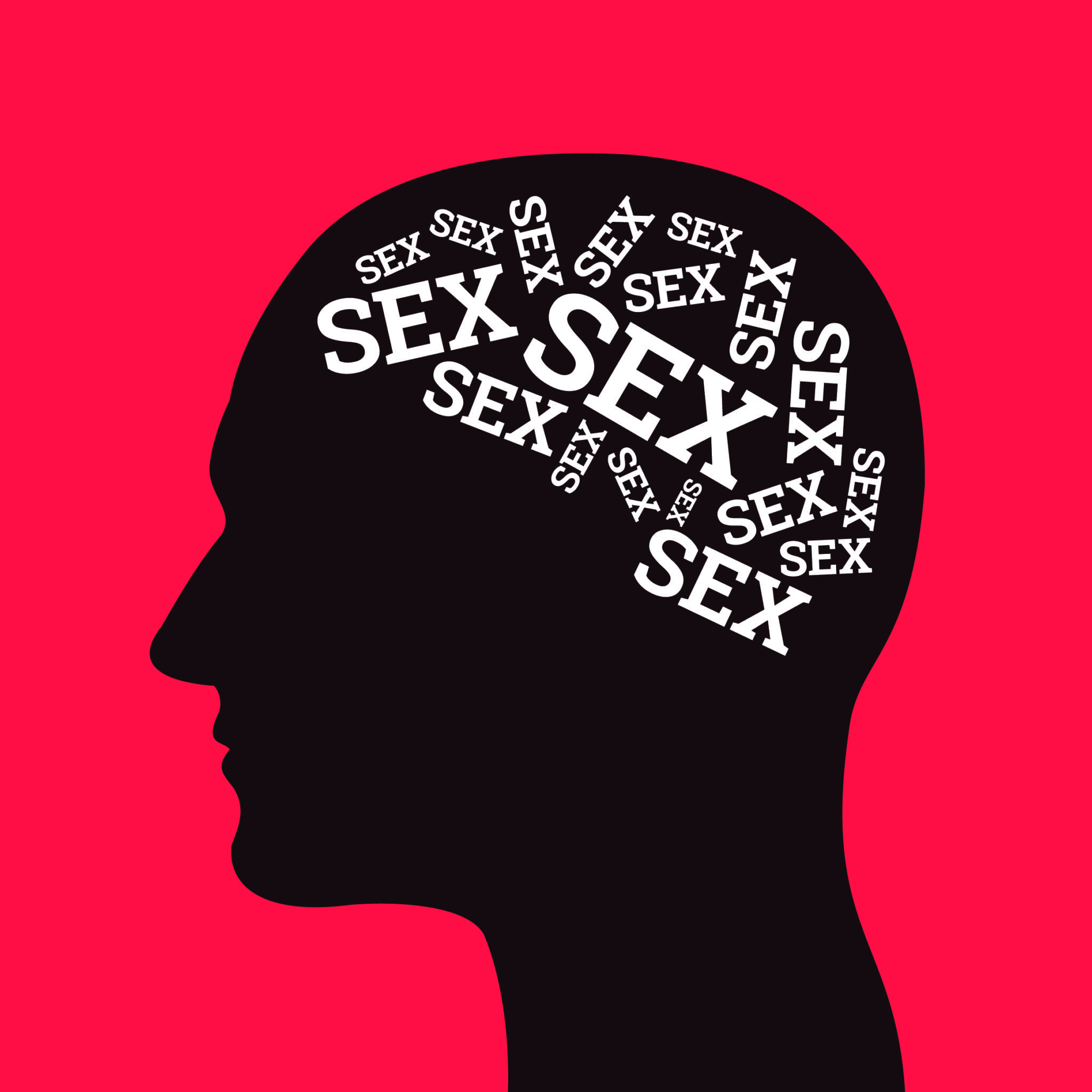
Patterns
and Examples of Sexual Addiction
-- Fantasy sex: Neglecting commitments
because of fantasy life, masturbation.
-- Seductive role sex: Extramarital
affairs (heterosexual or homosexual),
flirting and seductive behavior.
-- Anonymous sex: Engaging in sex with
anonymous partners, having one night
stands.
-- Paying for sex: Paying prostitutes
for sex, paying for sexually explicit
phone calls.
-- Trading sex: Receiving money or drugs
for sex.
-- Voyeuristic sex: Patronizing adult
bookstores and strip shows, looking
through windows of houses, having a
collection of pornography at home or at
work.
-- Exhibitionist sex: Exposing oneself
in public places or from the home or
car, wearing clothes designed to expose.
-- Intrusive sex: Touching others
without permission, using position of
power (professional, religious) to
sexually exploit another person, rape.
-- Pain exchange: Causing or receiving
pain to enhance sexual pleasure.
-- Object sex: Masturbating with
objects, cross-dressing to add to sexual
pleasure, using fetishes as part of
sexual rituals, having sex with animals.
-- Sex with children: Forcing sexual
activity on a child, watching child
pornography.
Medicine Net: Sexual Addiction
Psych Central: What is Sexual Addiction?
WebMD: Is Sex Addiction Real?
Sexual Addiction Defined
Mayo Clinic: Society's Sex Addiction
Problem
Psych Central: Sex, Sexuality, and
Sexual Disorders
Healthy Sexual Solutions: For Addicts
and Offenders

Sexual
Addiction or Hypersexual Disorder
Sexual addiction, which is also known as
hypersexual disorder, has largely been
ignored by psychiatrists, even though
the condition causes serious
psychosocial problems for many people. A
lack of empirical evidence on sexual
addiction is the result of the disease's
complete absence from versions of the
Diagnostic and Statistical Manual of
Mental Disorders.
However, people who were categorized as
having a compulsive, impulsive,
addictive sexual disorder or a
hypersexual disorder reported having
obsessive thoughts and behaviors as well
as sexual fantasies. Existing prevalence
rates of sexual addiction-related
disorders range from 3% to 6%. Sexual
addiction/ hypersexual disorder is used
as an umbrella construct to encompass
various types of problematic behaviors,
including excessive masturbation,
cybersex, pornography use, sexual
behavior with consenting adults,
telephone sex, strip club visitation,
and other behaviors.
The adverse consequences of sexual
addiction are similar to the
consequences of other addictive
disorders. Addictive, somatic and
psychiatric disorders coexist with
sexual addiction. In recent years,
research on sexual addiction has
proliferated, and screening instruments
have increasingly been developed to
diagnose or quantify sexual addiction
disorders.
[Source: Karila, Wéry, Weinstein,
Cottencin, Petit, Reynaud, Billieux]
Medicine Net: Sexual Addiction
Psych Central: What is Sexual Addiction?
WebMD: Is Sex Addiction Real?
Sexual Addiction Defined
Mayo Clinic: Society's Sex Addiction
Problem
Psych Central: Sex, Sexuality, and
Sexual Disorders
Healthy Sexual Solutions: For Addicts
and Offenders
HOME
QUEER CAFE
│ LGBTQ Information Network │ Established 2017
|